Repetitive jumping off the bed puts significant strain on your dog’s joints, increasing the risk of early arthritis, intervertebral disc disease (IVDD), ligament injuries, and conditions like hip dysplasia. This is particularly true for breeds like German Shepherds, Labradors, and Bulldogs, and can accelerate joint degeneration, leading to pain and mobility issues. While jumping may seem like a harmless activity, the impact it has on your dog's joints over time can lead to serious orthopaedic concerns.
Jumping on and off beds might seem harmless to many pet owners, but what if the seemingly simple activity is actually putting your dog’s joints at risk? While dogs are agile and naturally inclined to jump, the repetitive motion, especially when done from significant heights, can have lasting consequences for their joint health. This article explores the evidence-based risks of jumping, the impact on a dog's joints, and provides scientifically backed recommendations on how to protect your dog from long-term orthopaedic issues.
FAQ: Dog Jumping On and Off the Bed
1. How often is too often for my dog to jump on and off the bed?
The frequency of jumping depends on factors like your dog's age, size, and breed. However, frequent jumping—several times a day—especially from heights, can place significant strain on their joints over time. If your dog is jumping multiple times a day or jumping from significant heights, it might be worth considering alternatives like ramps or stairs to reduce the strain on their joints.
2. What signs should I look for if my dog has joint pain from jumping?
Common signs of joint pain in dogs include limping, reluctance to jump, difficulty getting up, stiffness after resting, swelling or heat around the joints, and changes in behavior, such as irritability or reduced activity levels. If you notice these signs, it’s important to consult your veterinarian.
3. Can my dog still jump if they seem fine?
While some dogs may tolerate jumping without obvious problems, repeated high-impact jumping can contribute to long-term joint issues. Even if your dog appears to be fine, it’s always a good idea to take preventive measures like using ramps or providing joint supplements to help protect their joints, especially as they age.
4. Are there any breeds more susceptible to joint problems from jumping?
Yes, certain breeds are more prone to joint issues, such as large breeds like Labradors and Golden Retrievers, and small breeds with genetic predispositions like Dachshunds and Bulldogs. If your dog belongs to one of these breeds, it's important to take extra care with their joint health.
5. How can I support my dog's joints if they’re already showing signs of wear?
In addition to reducing high-impact activities like jumping, joint supplements containing glucosamine, chondroitin, and omega-3 fatty acids can help support cartilage repair and reduce inflammation. Regular vet checkups are also essential to monitor the condition of your dog’s joints and discuss further treatment options, such as physical therapy or joint injections.
6. Should I let my dog jump if they’re in good health?
If your dog is in good health and has no signs of joint discomfort, occasional jumping may not be an issue. However, it's still a good idea to minimize jumping from heights, as it can cause wear and tear on their joints over time. Providing ramps or stairs for easier access to furniture is a good precautionary measure.
The Impact of Jumping on Dogs' Joints
Jumping on and off furniture, particularly from high places like beds, puts repetitive strain on a dog’s joints, muscles, and ligaments. While some dogs can tolerate this action without immediate problems, the cumulative effect of regular jumping is a known contributor to the development of joint issues later in life. Here's a deep dive into how this repetitive activity can affect your dog’s health:
-
Strain on Joints and Cartilage
When your dog jumps, especially from a height, the impact places considerable force on the joints. The knees, hips, and ankles bear the brunt of this force, which over time can cause:-
Cartilage wear: The repetitive impact can erode the protective cartilage in the joints. Cartilage loss is a key precursor to osteoarthritis, a condition that becomes more painful as it progresses.
-
Ligament strain: The ligaments supporting the joints can become overstretched and weakened. This increases the risk of tears, strains, or sprains.
-
Increased joint friction: As cartilage wears down, the bones begin to rub against each other, causing inflammation and pain, commonly associated with arthritis.
-
-
Risk of Early-Onset Arthritis
Arthritis is a degenerative joint disease that affects millions of dogs, particularly as they age. According to scientific studies, as many as 65% of dogs will develop some form of arthritis in their lifetime, and activities like jumping can accelerate its onset. This risk is heightened in:-
Large breeds: Dogs such as Labrador Retrievers, Golden Retrievers, and German Shepherds are more susceptible to joint issues due to their size and weight.
-
Overweight dogs: Carrying excess weight places more strain on the joints, which speeds up the breakdown of cartilage and increases the likelihood of arthritis.
-
Genetic predisposition: Some breeds, including Bulldogs, Dachshunds, and Pugs, are more genetically predisposed to joint problems like hip dysplasia and elbow dysplasia.
-
A study published in the Journal of Veterinary Internal Medicine showed that dogs with high-impact activities—like frequent jumping—are more likely to develop arthritis at a younger age compared to their more sedentary counterparts. This is especially true if the dog is also predisposed to joint issues.
Additional Risks of Jumping for Dogs
-
Intervertebral Disc Disease (IVDD)
IVDD is a painful condition that occurs when the cushioning discs between the vertebrae in the spine herniate or rupture. Dogs that engage in high-impact activities like jumping are at a higher risk of developing IVDD, particularly dachshunds, cocker spaniels, and Shih Tzus.
Jumping, especially with a twist, places a strain on the spine and increases the risk of disc displacement. IVDD can cause severe pain and even paralysis in extreme cases. -
Soft Tissue Injury
Besides joint problems, repetitive jumping can strain the soft tissues around the joints, including muscles, tendons, and ligaments. The constant pressure and impact can cause:-
Sprains and strains in the muscles or tendons.
-
Tears in the ligaments, leading to joint instability.
-
Tendonitis, which is inflammation of the tendons due to overuse.
These injuries can lead to long-term discomfort and reduced mobility for your dog.
-
Understanding the Science Behind Jumping and Joint Health
A study conducted by Cornell University College of Veterinary Medicine analyzed the long-term effects of repetitive high-impact activities on joint health in dogs. The researchers found that, much like in humans, repetitive motion causes microtrauma to the cartilage. These tiny tears and strains accumulate over time, leading to joint degradation and the eventual development of osteoarthritis.
The wear and tear on joints can also lead to a decrease in synovial fluid, which lubricates the joints and helps them move smoothly. Without sufficient lubrication, the joints become stiffer, more painful, and less mobile.
Furthermore, studies have shown that dogs with osteoarthritis that engage in high-impact activities experience faster degeneration of their joints. This means that allowing your dog to jump frequently can increase the risk of them developing arthritis at a much earlier age than they would otherwise.
Alternatives to Jumping: Protecting Your Dog’s Joints
-
Use Ramps and Stairs
One of the simplest and most effective ways to protect your dog’s joints is to provide them with ramps or stairs to climb onto and off furniture. These alternatives allow your dog to avoid the repetitive impact from jumping, reducing strain on their joints. Ramps and stairs come in various sizes to accommodate dogs of all breeds, and they can be a lifesaver, especially for senior dogs or those with existing joint issues. -
Lower the Bed or Furniture Height
If possible, consider lowering the height of your bed or furniture. This will reduce the impact on your dog’s joints when they jump off. For instance, if you have a very high bed, consider switching to a lower platform bed or using furniture with lower heights to minimize strain. -
Provide Joint Supplements
While joint supplements won’t stop the damage caused by repetitive jumping, they can help support joint health. Glucosamine, chondroitin, and omega-3 fatty acids are some of the most common supplements used to support cartilage repair and reduce inflammation in the joints. These can be especially helpful for dogs at high risk of arthritis or those already showing signs of joint discomfort. -
Regular Vet Checkups
Routine veterinary exams are crucial for catching joint issues early. Your vet can assess your dog’s joint health and recommend preventive measures or treatments, such as physical therapy or joint injections, to help maintain mobility.
Signs Your Dog Is Suffering from Joint Pain
If your dog has been jumping frequently and you notice any of the following signs, it may indicate joint issues:
-
Limping or favouring a leg after jumping.
-
Reluctance to jump, climb stairs, or get on and off furniture.
-
Stiffness or difficulty getting up after resting.
-
Swelling or heat around the joints.
-
Changes in behaviour, such as irritability or reduced activity levels.
If you notice these signs, it's important to consult with a veterinarian for a thorough assessment.
Conclusion: Balancing Activity and Joint Health
While dogs are naturally inclined to jump, it’s essential for pet owners to be mindful of the long-term effects of repetitive high-impact activities on their joints. The scientific evidence highlights the significant risks of early arthritis, joint injuries, and disc diseases associated with constant jumping. However, by providing your dog with alternatives like ramps, lowering bed heights, and supplementing their diet with joint-supporting nutrients, you can reduce the risk of joint damage and help keep them comfortable as they age.
Ultimately, every dog is different. Understanding your dog's breed, age, and overall health will help you make informed decisions about their activities. By making small adjustments and monitoring their joint health, you can ensure that your dog enjoys a long, active life without the painful consequences of excessive jumping.
Read more about why my dog's joints click by clicking on the underlined text.




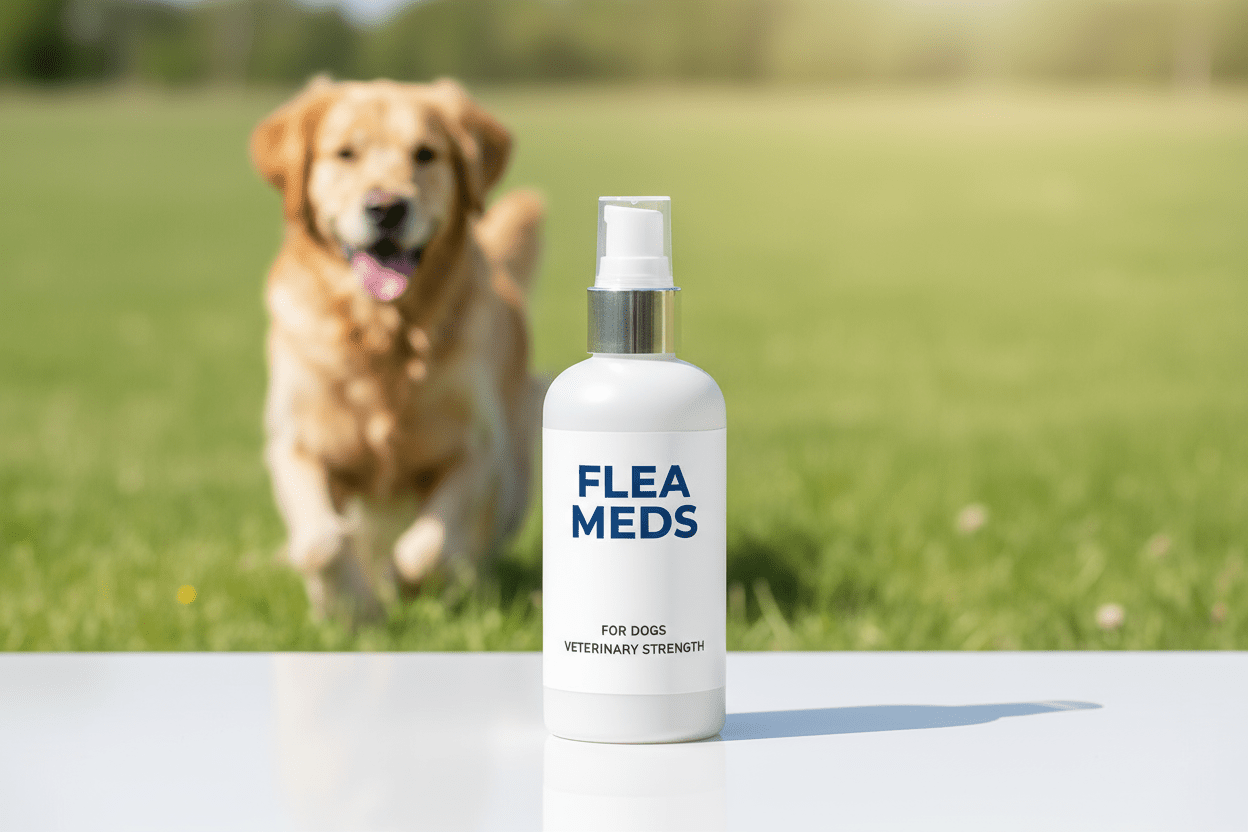
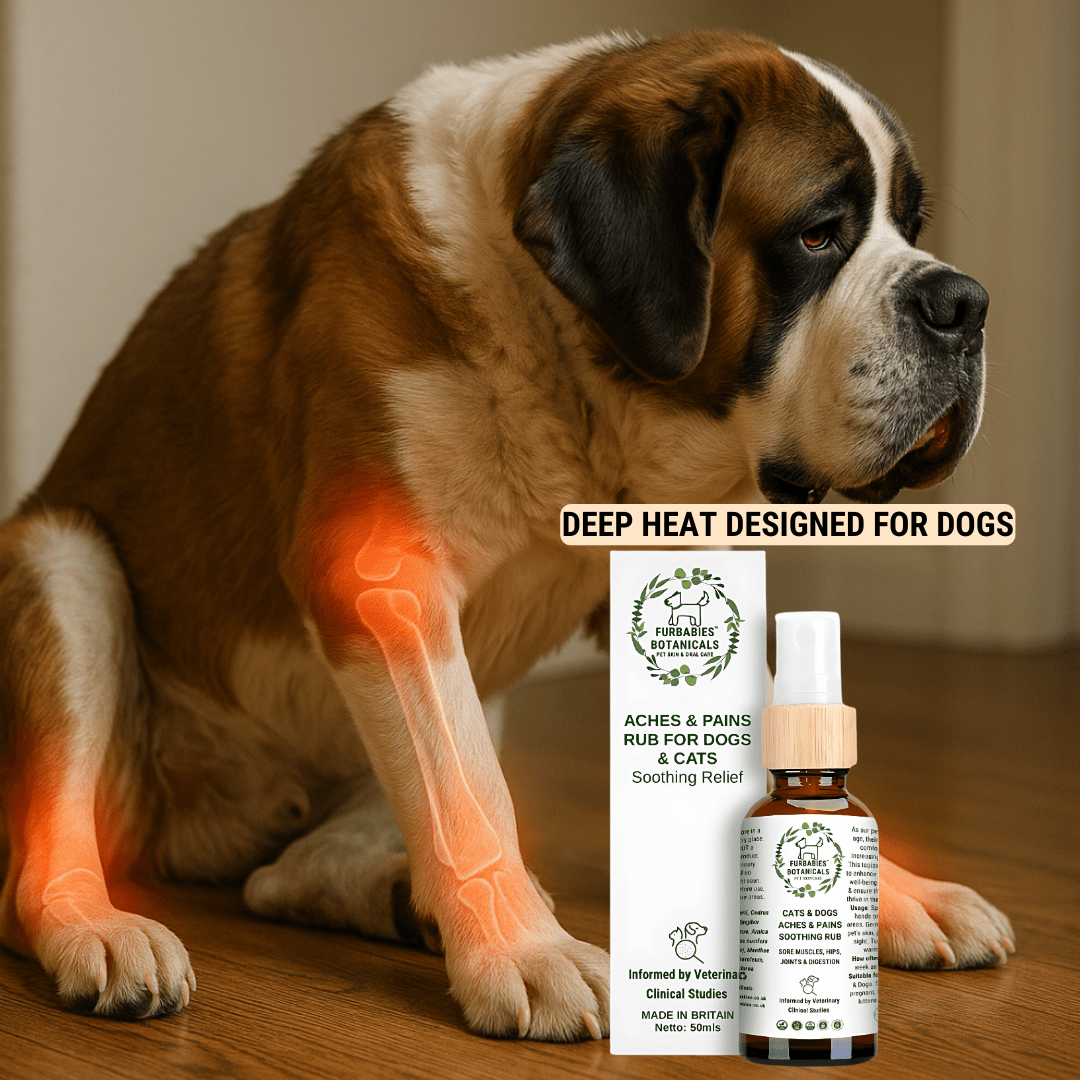



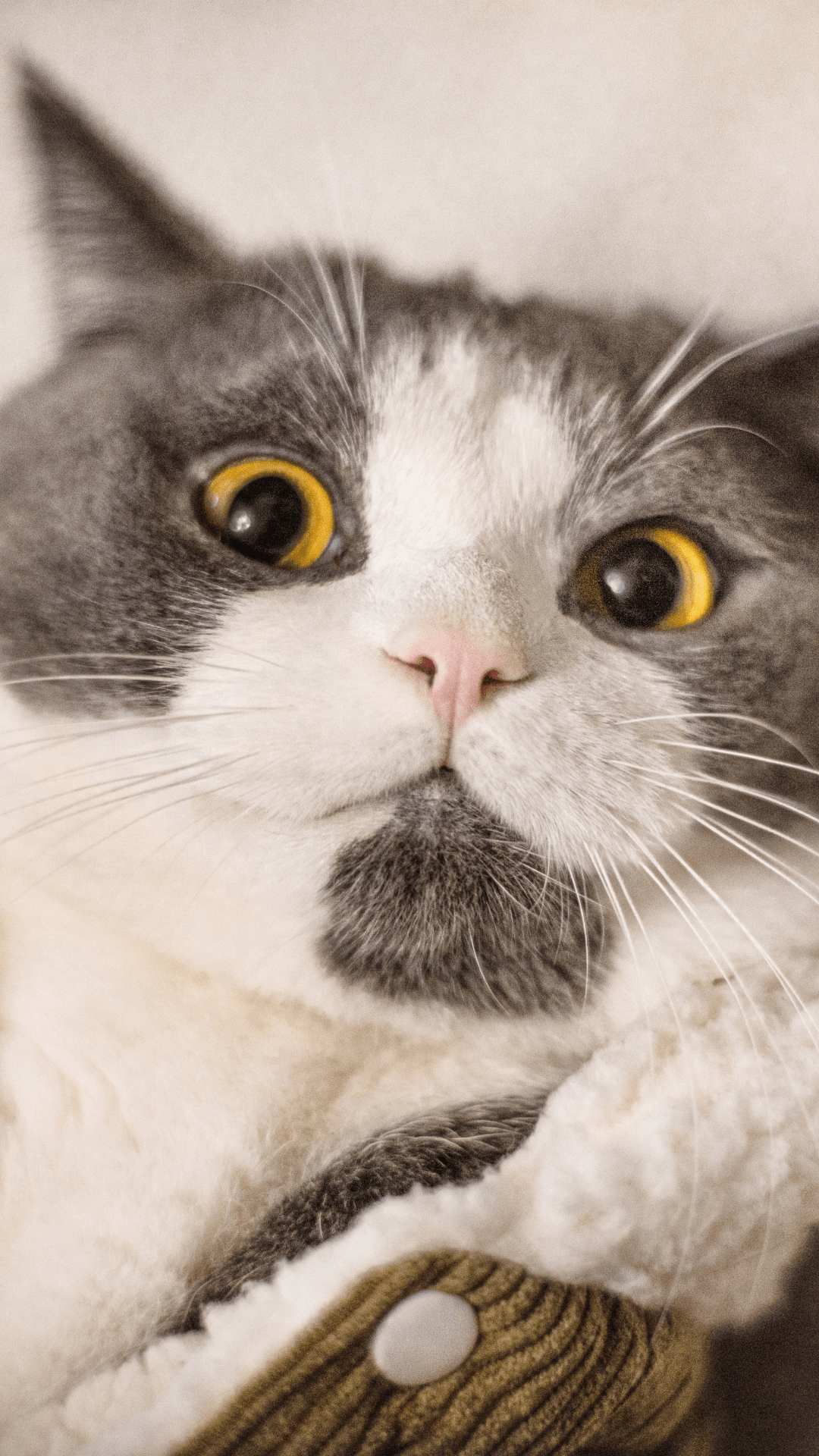


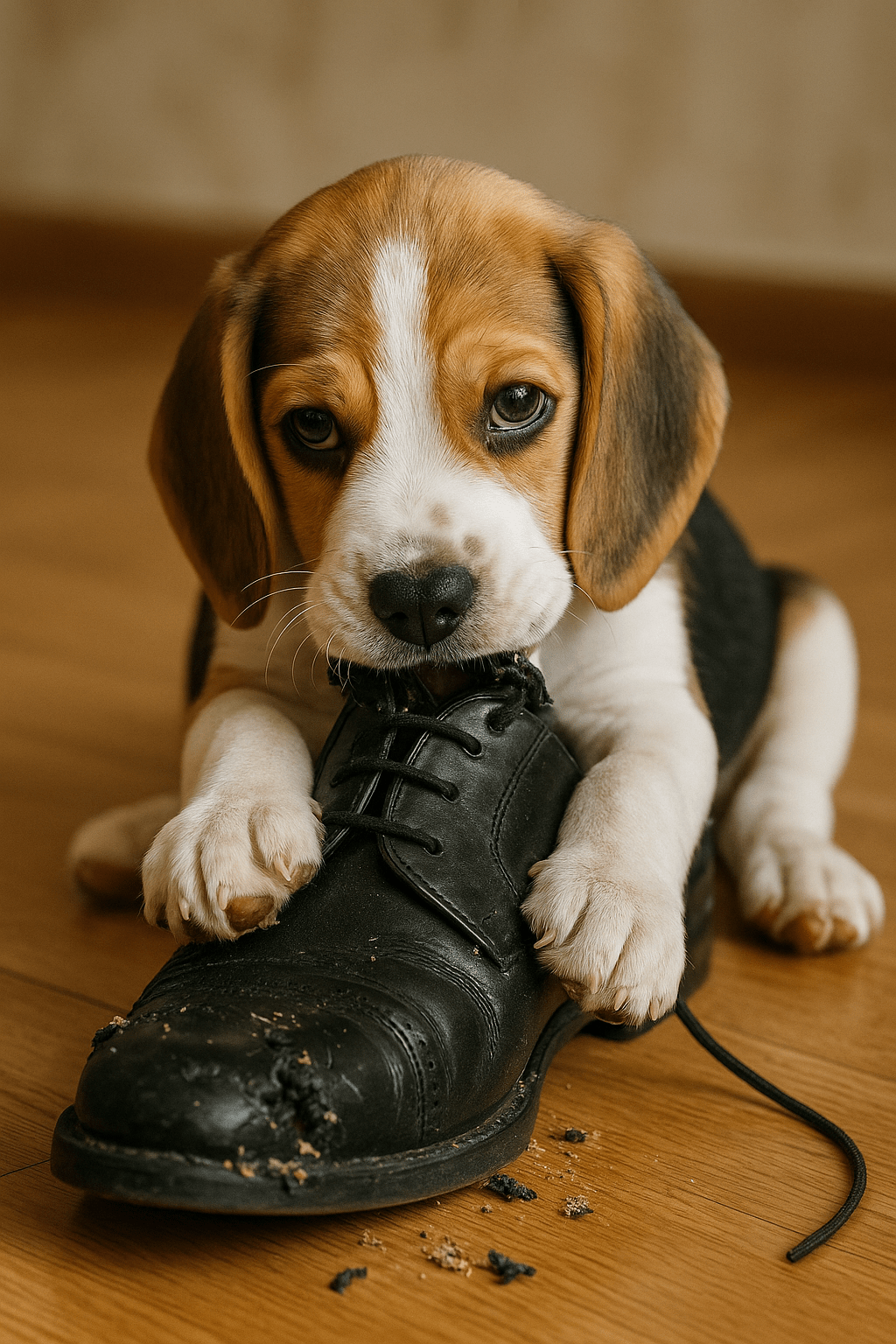
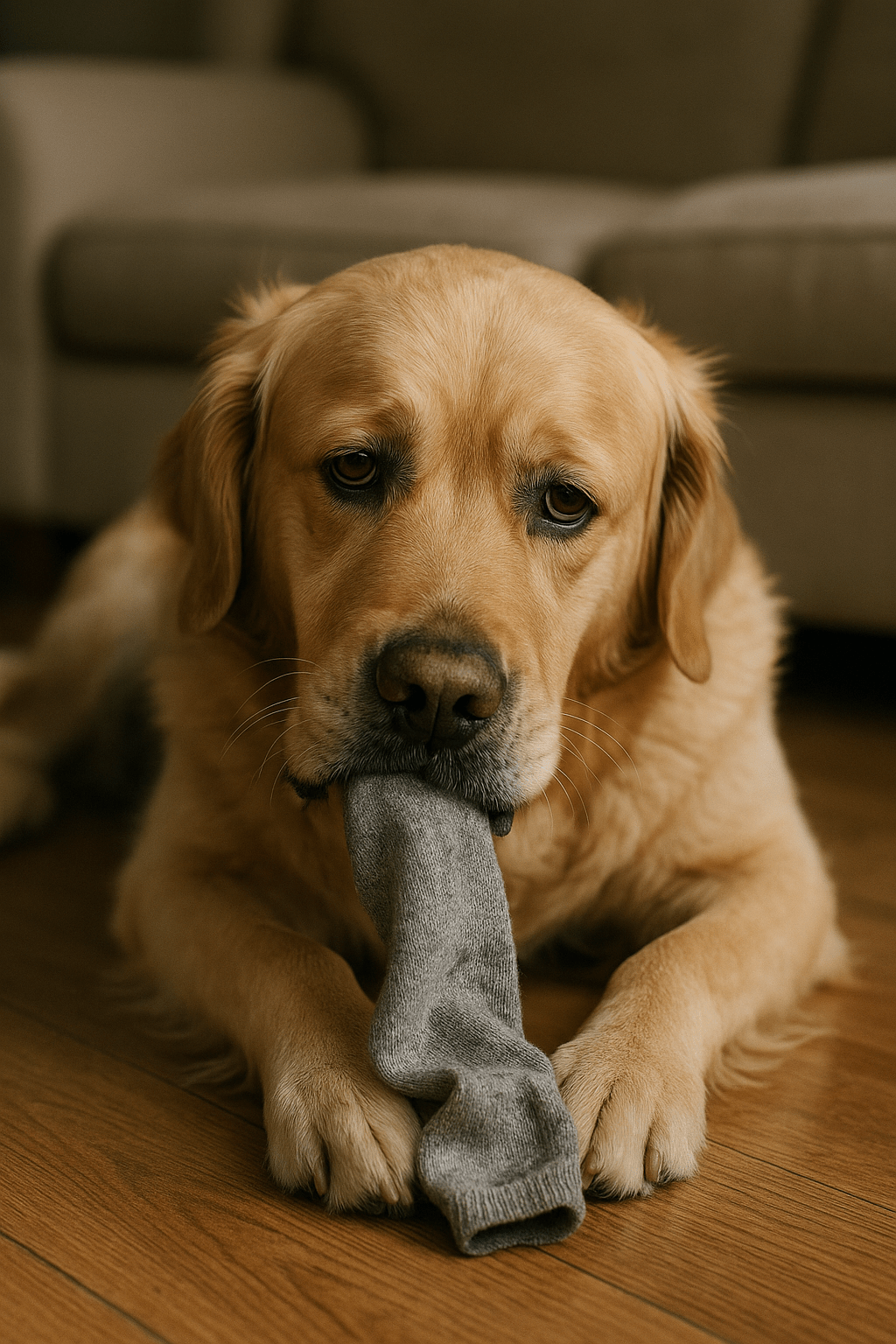
Share:
Why Do My Dog’s Joints Click? Causes, Symptoms & When to See a Vet
Do Cats Recognize Mirrors? A Deep Dive Into Feline Reflection Awareness